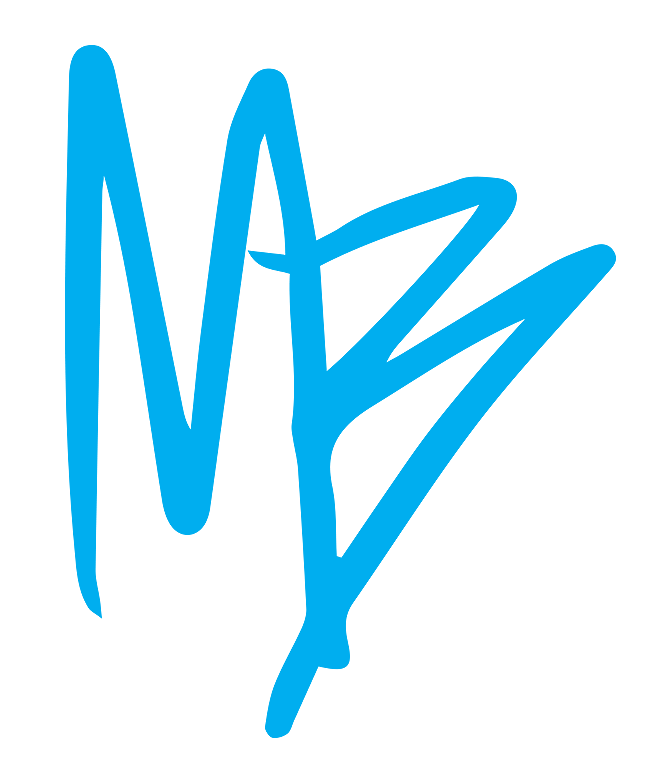Ever wondered what it takes to juggle creativity with big studio demands? Michael DiMartino, co-creator of the iconic "Avatar: The Last Airbender," shares his experience and insights on episode 260 of Creative Chats. Grab a coffee (or tea, no judgments here) and let’s dive into the nitty-gritty of balancing high-level management roles while staying true to your creative spirit.
The High-Stakes Playground: Big Studios and Creativity
Picture it: You're in a giant studio with a budget that makes your eyes water. You're not just any artist; you're that artist. Sounds dreamy, right?
Michael DiMartino has walked this path, and according to him, high budgets attract higher scrutiny. Those extra dollars come with a hoard of stakeholders with opinions, deadlines, and suggestions. "Avatar: The Last Airbender" was an outlier at Nickelodeon, capturing hearts with its sequential storytelling and anime finesse. This creative freedom, DiMartino admits, required a fine balance between bending (pun intended) to corporate needs and keeping the spirit of the project intact.
Actionable Snippet: Aim for that balance. Keep your core ideas sacrosanct but be open to compromise. Remember, even Michelangelo had to negotiate with the Pope.
From TV Animation to Words on Paper: DiMartino's New Chapter
DiMartino is a multi-passionate creative. Post "Legend of Korra," he plunged into middle-grade fantasy novels. TV writing comes with rigid structure, whereas novel writing is more like free-form jazz.
In 2019, DiMartino faced a creative rut (happens to the best of us) and dabbled in the National Novel Writing Month, penning "Both Here and Gone." Unlike TV, this process was more freewheeling—a mixed bag of unexpected characters and plot twists. It's like he swapped his chef's recipe book for a food fight in a culinary academy.
Actionable Snippet: Stuck in a rut? Shift your creative gears. Try a different medium. Paint if you write, write if you paint. Heck, try sculpting mashed potatoes if it gets your juices flowing.
Curious Minds Create Peculiar Brilliance
Creativity thrives on curiosity, and DiMartino’s career is testament to that. Whether it was exploring non-Western cultures for "Avatar" or blending loss and resilience in his novels, his work is a curious cocktail of genres and themes.
Actionable Snippet: Stay curious, friends. Dive into topics that intrigue you. Listen to that documentary on jellyfish mating habits—it might spark your next big idea. Don’t think you know it all; that’s the creativity killer right there.
The Tech Tango: Old School Meets New School
Ah, the never-ending debate—traditional vs. digital. Honestly, it’s like arguing tea versus coffee when the true answer is a mocha frappuccino. DiMartino balances traditional 2D animation with the sleek precision of digital tools. He believes technology should serve the narrative, not overshadow it.
"I use AI tools like ProWritingAid and Grammarly," he notes, "but I’m the one who makes the final decisions." It’s refreshing to see a blend of hands-on artistry without shunning tech advancements.
Actionable Snippet: Embrace technology but don’t let it consume you. Use it to enhance your storytelling, not hijack it.
Connecting Creativity and Grief: "Both Here and Gone"
DiMartino’s novel, "Both Here and Gone," is a poignant exploration of grief and resilience. Inspired by his own loss and the shared pandemic grief, the book didn’t start as a commercial project. He found himself navigating the complex web of traditional publishing and self-publishing to bring his story to life.
Actionable Snippet: Not every project needs to be a commercial hit. Work on passion projects too. Self-publishing is a viable option if traditional routes balk at your "off-beat" masterpiece.
Creativity is a wild beast. You tame it by letting it roam free occasionally. Michael DiMartino’s journey from TV animation to novel writing is proof that balancing vibes with corporate needs, practicing curiosity, embracing tech, and working on passionate side projects keep the creative muse well-fed and roaring.
You’ve got to adapt, evolve, and sometimes downright say, “Screw it, I’m painting mashed potatoes today.” Because who knows? That might be the start of your next creative revolution.
Check out episode 260 of Creative Chats.


